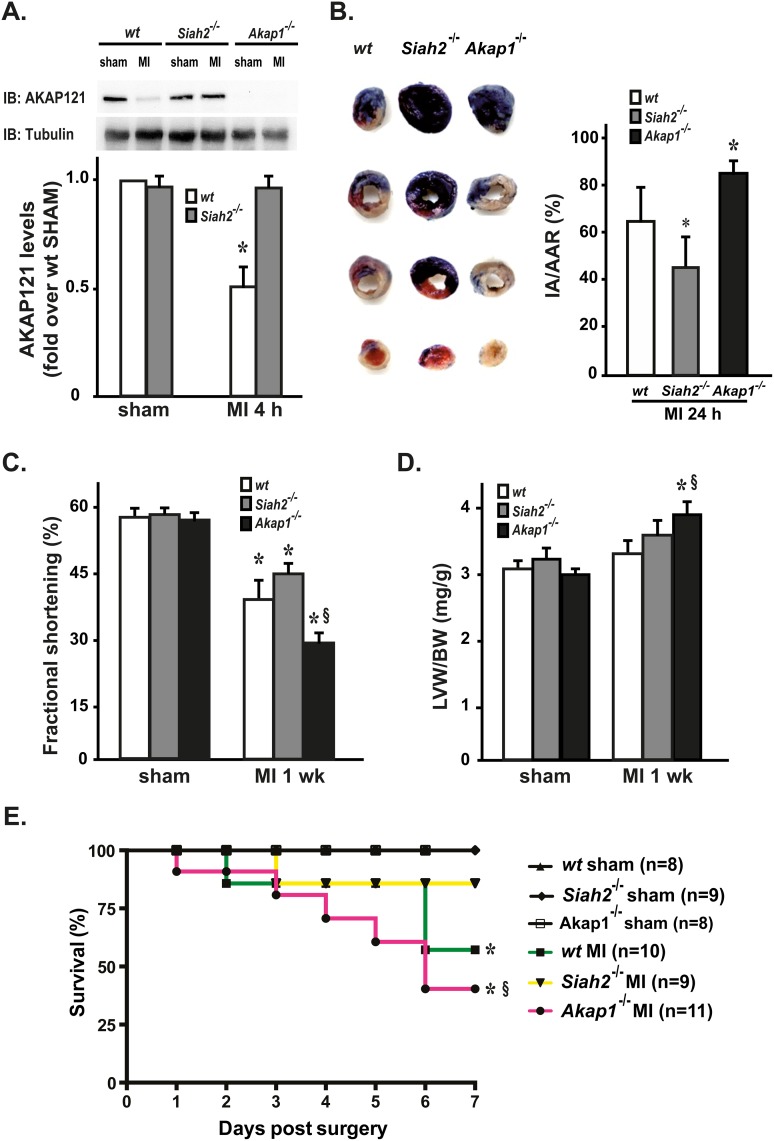Fig 1. Akap1 genetic deletion increases infarct size and reduces survival after myocardial infarction.
(A) Representative immunoblot (top) and densitometric analysis (bottom) of 4 independent experiments to evaluate AKAP121 protein levels in heart samples from wild type (wt), Siah2-/- and Akap1-/- mice after the sham procedure or after 4 hours of permanent coronary artery ligation (MI 4 h) (*p<0.05 vs. sham; n = 5 hearts/group). Tubulin protein levels did not significantly change among the samples. (B) Left: Representative images of TTC staining of heart sections from wt, Akap1-/- or Siah2-/- mice 24 hours after MI. Right: Bar graphs showing ratios of myocardial infarct area (IA) over area at risk (AAR) in MI mice from all the groups (*p<0.05 vs. wt MI). (C) Cumulative data of % fractional shortening 1 week after the sham or MI procedures (MI 1 wk) in wt, Akap1-/- or Siah2-/- mice (*p<0.05 vs. sham; §p<0.05 vs. wt MI). (D) Bar graphs showing cumulative data of left ventricular weight (LVW) to body weight (BW) ratio 1 week after the sham or MI procedures in wt, Akap1-/- or Siah2-/- mice (*p<0.05 vs. sham; §p<0.05 vs. wt MI). (E) Kaplan–Meier cumulative survival analysis of wt, Akap1-/- or Siah2-/- mice after the sham (wt: n = 8; Siah2-/-: n = 9; Akap1-/-: n = 8) or MI procedures (wt: n = 10; Siah2-/-: n = 9; Akap1-/-: n = 11, *p<0.05 vs. sham; §p<0.05 vs. wt MI).

